Whether you're a casual garden birdwatcher or taking part in the big garden birdwatch, you are likely to encounter many species that thrive in both towns and more rural habitats. The UK hosts more than one thousand recorded species and this list helps you recognise the species you are most likely to see and hear. It also answers one of the biggest questions asked by new birdwatchers. What is the most common bird in the UK?
Settle in with a cup of tea and enjoy this bird filled tour of the species that brighten gardens across the country.
The UK is home to an abundant variety of birds. From the tiny wren to the giant osprey, 1,021 recorded species in Great Britain and its surrounding waters can be found here.
The beautiful song of the skylark fills the air on a summer's morning, but have you ever stopped to wonder why so many birds are found everywhere? Whether they are migrating because it is currently the nesting season or their population numbers are growing, these are the ten avian species that are the most common wild birds seen (and heard) across the whole island and in nearby waters.
Whether you're a casual garden birdwatcher or taking part in the big garden birdwatch, here are the birds you'll most likely see.
Top 10 Most Common Birds In The UK:
10: Magpie

Latin name: Pica pica, International Name: Black-billed magpie
Conservation status: Green
Magpies are clever, chatty and full of character. You can spot them almost anywhere across the UK. They stride across lawns with confidence and investigate anything new in their territory. Magpies love insects, scraps and the odd shiny treasure. Their calls help alert other birds when a predator approaches which means they are far more helpful to the garden than many people think.
9: Long-tailed Tit

Latin name: Aegithalos caudatus
Conservation status: Green
These are one of Britain's tiniest birds. They have a small round body and long narrow tail which means they lose warmth far more quicker than other bird species. They move through gardens in cheerful family flocks and gather close together on the coldest nights to stay warm. These little birds nest high within dense shrubs which helps keep them safe. They often visit feeders packed with suet and sunflower hearts.
8: Robin

Latin name: Erithacus rubecula, International Name: European Robin
Conservation status: Green
Robins are the well loved gardeners companion. Their curiosity leads them close to anyone turning soil or topping up feeders. Robins sing throughout winter which is why gardens feel so lively even on quiet frosty mornings. During the breeding season they become little sparks of energy as they defend their chosen patch. A sheltered spot and a steady supply of mealworms make robins regular visitors. Here's everything you need to know about Robins.
7: Great Tit

Latin name: Parus major
Conservation status: Green
Bigger than its blue tit cousin, the great tit is bold, bright and has a call that sounds like “teacher teacher”. These birds adore nest boxes and will defend their homes with surprising bravery. They explore gardens with a mix of hops and swoops and spend much of their time searching for insects. Great tits appear in woodlands, hedges and almost every type of green space across Britain.
6: Goldfinch

Latin name: Carduelis carduelis, International Name: European Goldfinch
Conservation status: Green
Goldfinches are striking birds with a red face and golden wing bars. They bring instant colour to any garden and often visit in small groups. Their delicate beaks are perfect for thistle and teasel seeds. Goldfinches are a late nesting bird species, so you may see fledglings long after other garden birds have finished breeding. A mix of natural seed heads and nyjer feeders works beautifully for them.
5: Blackbird

Latin name: Turdus merula, International Name: Common blackbird
Conservation status: Green
Blackbirds fill gardens with rich fluting songs on spring mornings. Males wear glossy black feathers with a bright yellow beak, while females are warm brown and often seen gathering nesting material. Blackbirds hide in shrubs when alarmed yet happily forage on lawns for worms and fruit. Getting the placement of your bird box right will entice these black beauties into your garden.
4: Woodpigeon

3: Blue tit

Latin name: Cyanistes caeruleus
Conservation status: Green
Blue tits are small, acrobatic and full of energy. They flash bright blue and yellow as they dart between branches. These birds are curious by nature and quick to explore new feeders. Blue tits nest in tree holes and boxes and delight families with busy springtime activity. They remain one of the most common and recognisable British garden birds. Here is everything you need to know about blue tits, habits, nesting and hatching.
2: Starling

Latin name: Sturnus vulgaris, International name: Common starling
Conservation status: Red
Starlings often look plain at a distance yet shimmer with purple and green when sunlight catches their feathers. Slightly smaller than a blackbird, they form spectacular murmurations in winter which swirl across the sky before the birds drop to roost. Starlings love insects, fat rich foods and berries. Sadly, starlings have seen massive declines in the UK and are on the red list for conservation, meaning that garden feeding offers real support while still giving you lively entertainment.
1: House sparrow

Female pictured above.
Latin name: Passer domesticus
Conservation status: Red
Top of our list is the familiar house sparrow! Their name comes from the historical association with human activity as they use buildings as nesting sites. They feed mainly on the ground but have adapted to using hanging birds feeders too. Sparrows feed on seeds, insects and kitchen scraps. Although they remain widespread they have declined over the years. A safe home and regular feeding makes a huge difference. These gregarious and chirpy birds will usually be seen flying around in groups!
Widespread in Britain and Ireland, there are millions of breeding pairs of house sparrows in the UK, however they have seen a huge decline since the 1960s. The exact reasons for this are not known.
Bonus: The bird that almost made the list!
11: Swallow

Swallows are well known for building nests out of mud, and are commonly mistaken for starlings or house martins. They build neat mud cups on barns and beams then spend most of their lives in the sky. You may see them swooping low over fields as they chase insects. After fledging, young birds gather in groups before their incredible journey to warmer climates.
Find out how to tell the difference between swallows, starlings and house martins in our helpful guide..
What Is the Most Common Bird in the UK?
The house sparrow sits firmly in first place. Even with long term declines it remains the species you are most likely to see in towns, gardens and farmland. You can help local numbers by offering nest boxes and a steady supply of bird food such as seed mix.
What are the rarest birds in the UK?
Here are the rarest UK bird species that are much less commonly seen but do appear in the country. Check out the list to see how many you've seen.
Birdwatching with Green Feathers
If you're already a keen bird watcher, or are considering getting more into it, then we can offer you the best tools for the job!
- Bird Box Cameras - Our bird box cameras are incredible value for money, they offer you a chance to see behind the scenes footage of what happens in the bird box, allowing you and the family to watch the magic of your garden on your phone, tv or computer.
- Bird Box - Our Side View Handmade Bird Box is an eco-friendly option for housing birds in your garden. Due to the angle of the box, you're able to place your bird box camera in the optimum spot for the best vision of bird box interior.
Here's how to install a bird nesting box camera to get the perfect habitat for your nesting birds so you can enjoy the bird and how to help nesting birds in your garden.

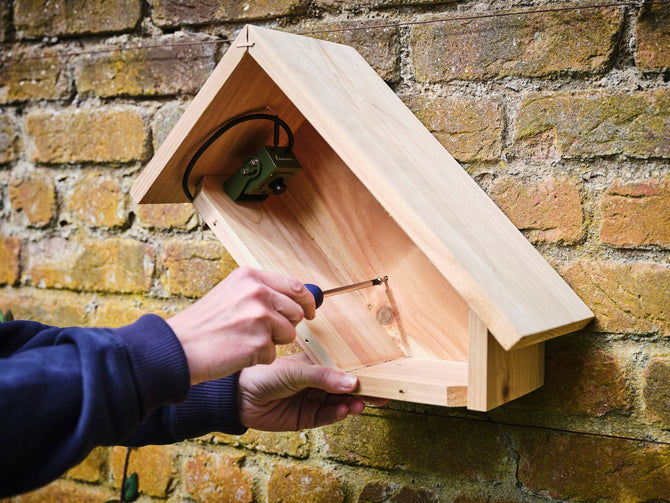
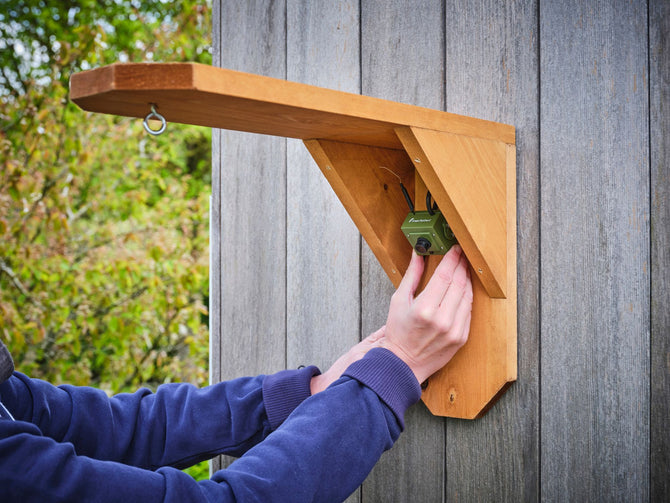
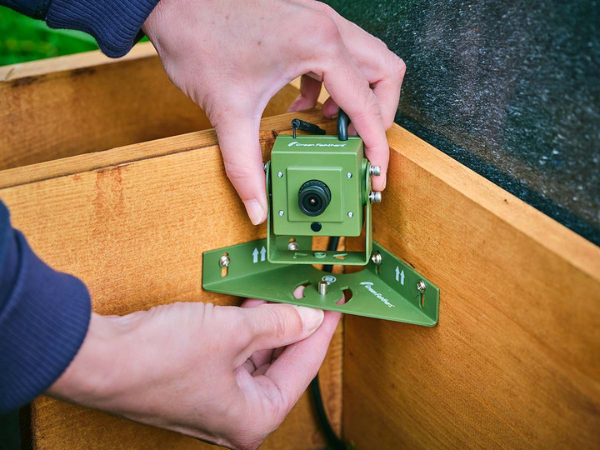
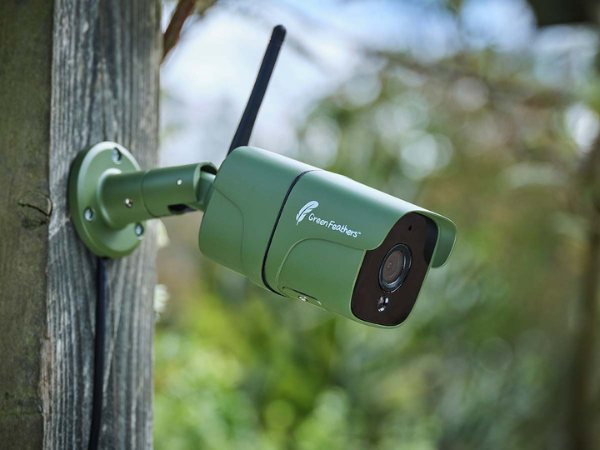
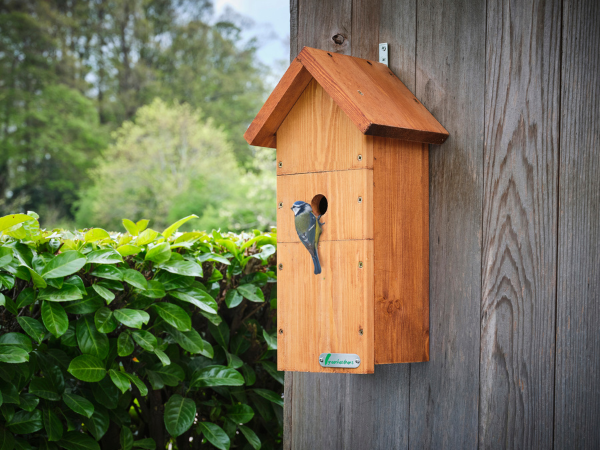
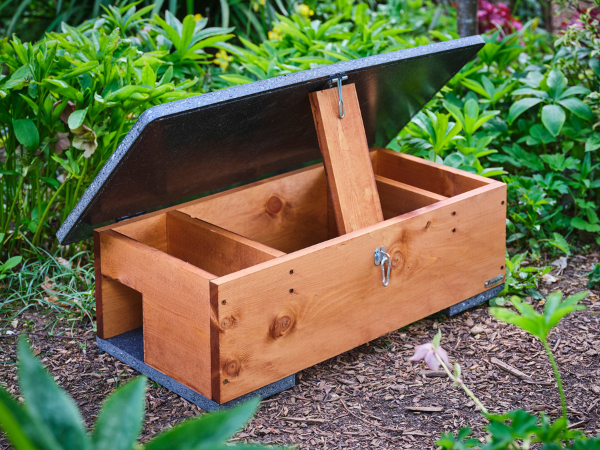
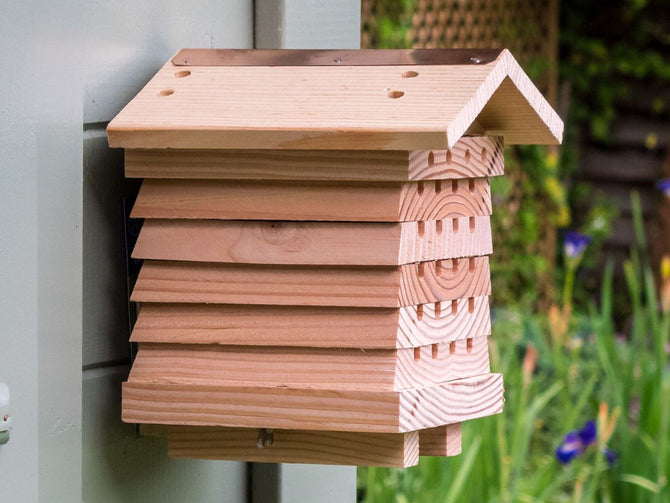
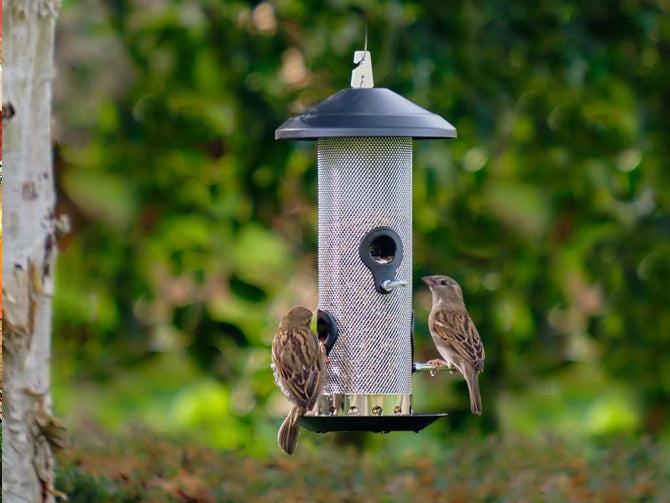
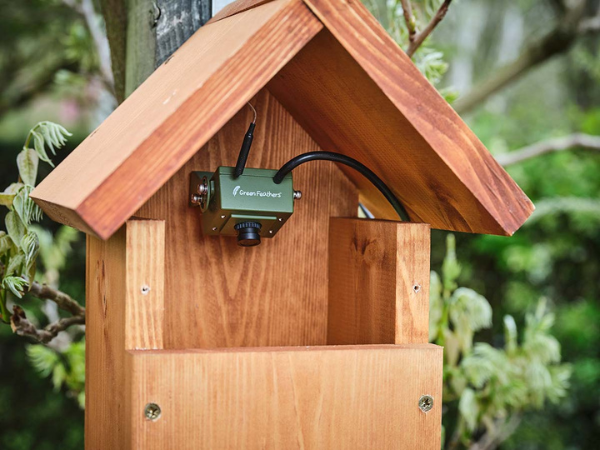
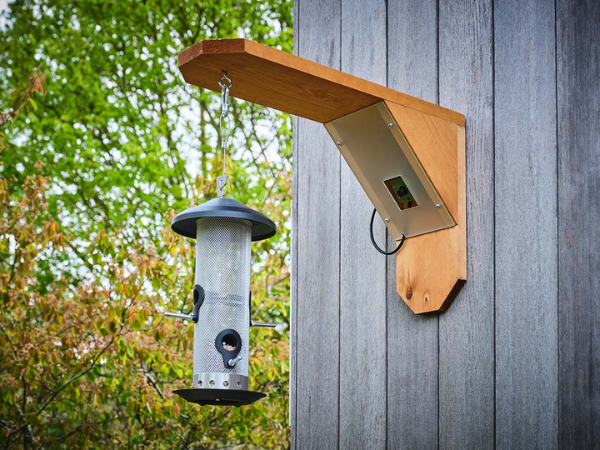
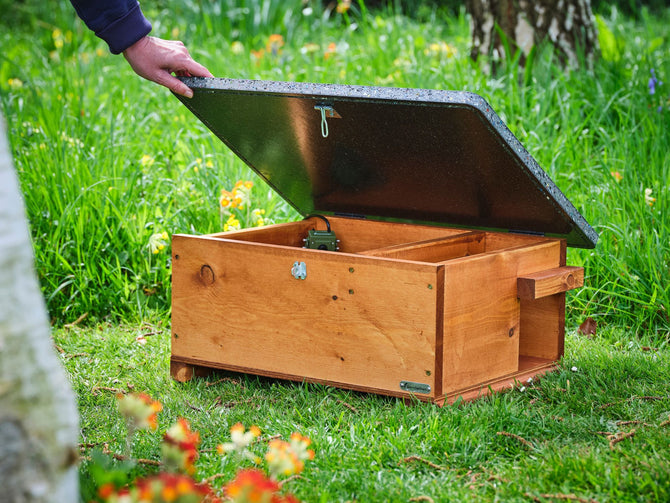


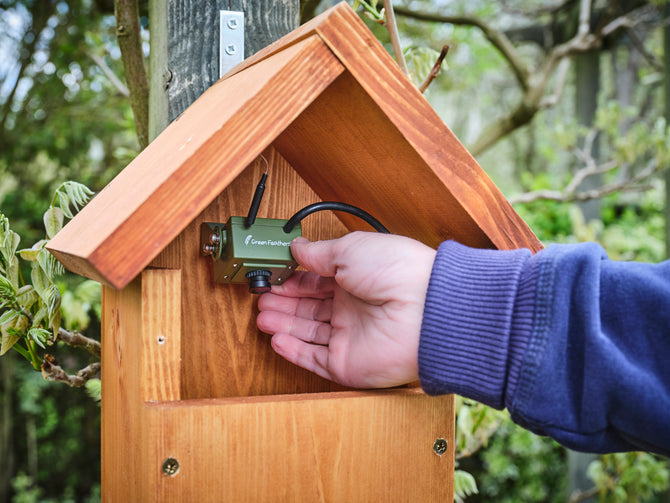
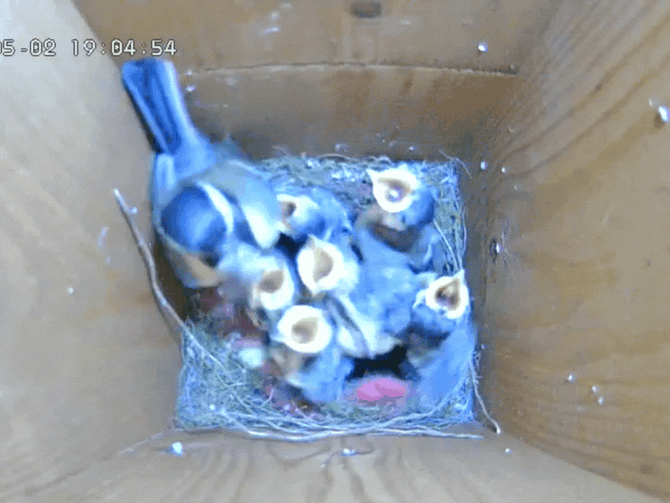









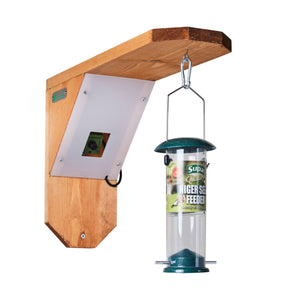
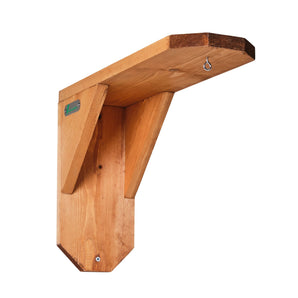


Wait a minute! Everyone knows the most common bird in the UK is the Wren! How come it’s not even on you list?